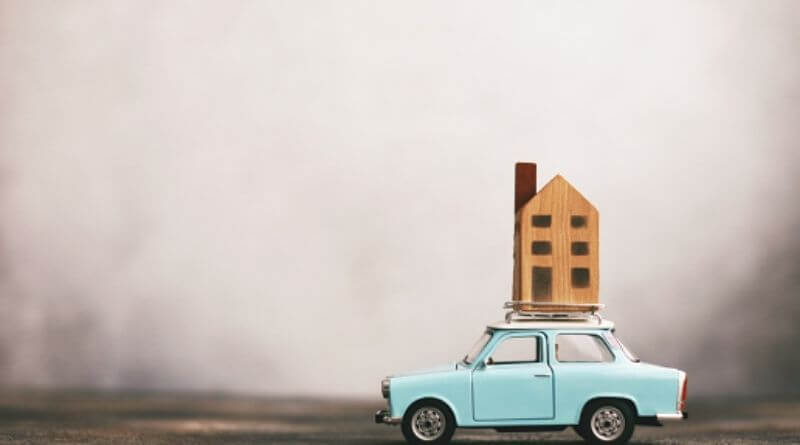Basic guide to making a successful move
Making a move can become a headache, no matter if you move your house, office or if you move your warehouse, it can always become a stressful and chaotic moment, adding the emotions that a change of environment entails. We know that you will find boxes, wrappers, and labels everywhere, while you try to stay calm and hope you have not forgotten something behind. That is why in this post we help you step by step to know how to make a successful move.
How to make a move?
We present you with a basic Small Moves guide with the main ideas you should keep in mind to organize yourself and manage to pack and transport all your belongings in the best possible way.
Make a list for moving
The first thing you should do is an exhaustive list of all your belongings in a classified way, you can do it by room or by type, as you prefer. This is important so you know exactly what you’re getting. Things can always get lost when moving, so the list will help you anticipate and control your belongings as an inventory. If you choose to transfer some of your things to a warehouse, it is best to make 2 lists, where you specify where you are sending each thing.
Find the cardboard boxes for the move
There is no better ally when it comes to moving than good cardboard boxes. They will help you store your items and you can do it by type, plus many of the boxes can be reused.
The recommendation is simple, if you use previously used boxes that you notice weakened, do not store heavy objects in them. Yes, they can be useful for storing cushions, some pieces of modular furniture, and even some kitchen utensils. Just make sure they can withstand the weight and you don’t risk breaking them.
If you decide to buy new boxes you will find a wide variety of sizes, some will have more resistant cardboard, so you can choose different boxes that fit the needs of your move. In this way, you can choose some large boxes that are ideal for storing the bulkiest and heavy items such as home textiles or even some electrical appliances. While the smaller boxes are the best to fill with books, dishes, and other objects.
Pack your furniture, books, and kitchen utensils
You already have the necessary boxes but not everything is packed in the same way. Make sure you have the necessary packaging products to protect your furniture and objects in the correct way. For large furniture you can buy protective paper or if you prefer you can also use blankets to cover them and wrap them with pieces of cardboard on top, especially the corners that can be scratched, and then wrap everything with protective paper. If it is modular furniture, you can disassemble it, and we recommend that you keep each piece with a description label and all the nuts and bolts in a properly identified bag.
Be careful with adhesive tapes, avoid at all costs placing them directly on the surface of your furniture so you don’t run the risk of damaging them with a previous cover, the tape will be very useful to close and protect the drawers.
For books, as we mentioned before, the idea is to use adequate boxes to support their weight. It is convenient not only to use small boxes but also to alternate them with other lighter objects precisely to take care of the excessive weight they may have.
For the most delicate objects such as crockery, glassware, mirrors, and others, you need bubble wrap to protect them from any impact or sudden movement. Do not skimp on bubble wrap and protect each object, you can also purchase other products such as foam rolls and protective padding. When packing this type of object in boxes, make sure to also cover each empty space with some cloth or newspaper, even small cushions can be very helpful; also remember to indicate on the box that the content is “fragile”.









